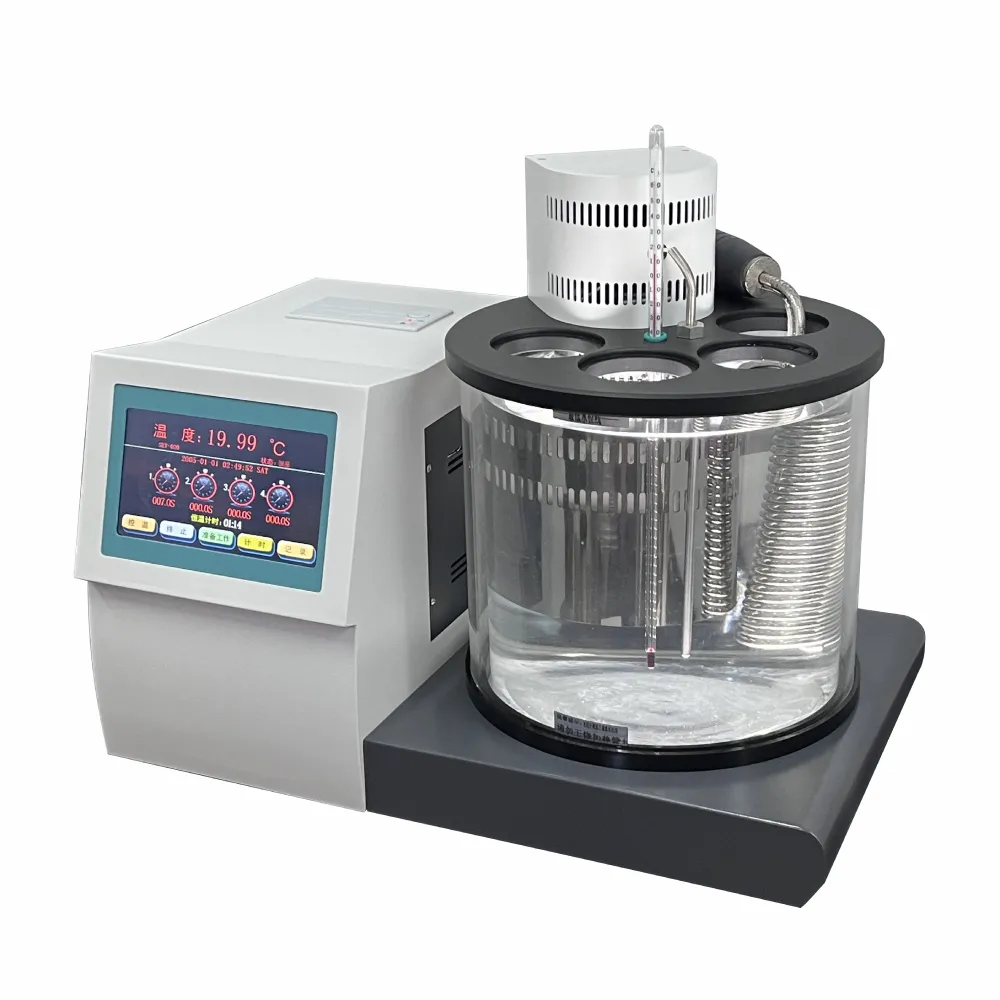 English
English



-
 Afrikaans
Afrikaans -
 Albanian
Albanian -
 Amharic
Amharic -
 Arabic
Arabic -
 Armenian
Armenian -
 Azerbaijani
Azerbaijani -
 Basque
Basque -
 Belarusian
Belarusian -
 Bengali
Bengali -
 Bosnian
Bosnian -
 Bulgarian
Bulgarian -
 Catalan
Catalan -
 Cebuano
Cebuano -
 China
China -
 China (Taiwan)
China (Taiwan) -
 Corsican
Corsican -
 Croatian
Croatian -
 Czech
Czech -
 Danish
Danish -
 Dutch
Dutch -
 English
English -
 Esperanto
Esperanto -
 Estonian
Estonian -
 Finnish
Finnish -
 French
French -
 Frisian
Frisian -
 Galician
Galician -
 Georgian
Georgian -
 German
German -
 Greek
Greek -
 Gujarati
Gujarati -
 Haitian Creole
Haitian Creole -
 hausa
hausa -
 hawaiian
hawaiian -
 Hebrew
Hebrew -
 Hindi
Hindi -
 Miao
Miao -
 Hungarian
Hungarian -
 Icelandic
Icelandic -
 igbo
igbo -
 Indonesian
Indonesian -
 irish
irish -
 Italian
Italian -
 Japanese
Japanese -
 Javanese
Javanese -
 Kannada
Kannada -
 kazakh
kazakh -
 Khmer
Khmer -
 Rwandese
Rwandese -
 Korean
Korean -
 Kurdish
Kurdish -
 Kyrgyz
Kyrgyz -
 Lao
Lao -
 Latin
Latin -
 Latvian
Latvian -
 Lithuanian
Lithuanian -
 Luxembourgish
Luxembourgish -
 Macedonian
Macedonian -
 Malgashi
Malgashi -
 Malay
Malay -
 Malayalam
Malayalam -
 Maltese
Maltese -
 Maori
Maori -
 Marathi
Marathi -
 Mongolian
Mongolian -
 Myanmar
Myanmar -
 Nepali
Nepali -
 Norwegian
Norwegian -
 Norwegian
Norwegian -
 Occitan
Occitan -
 Pashto
Pashto -
 Persian
Persian -
 Polish
Polish -
 Portuguese
Portuguese -
 Punjabi
Punjabi -
 Romanian
Romanian -
 Russian
Russian -
 Samoan
Samoan -
 Scottish Gaelic
Scottish Gaelic -
 Serbian
Serbian -
 Sesotho
Sesotho -
 Shona
Shona -
 Sindhi
Sindhi -
 Sinhala
Sinhala -
 Slovak
Slovak -
 Slovenian
Slovenian -
 Somali
Somali -
 Spanish
Spanish -
 Sundanese
Sundanese -
 Swahili
Swahili -
 Swedish
Swedish -
 Tagalog
Tagalog -
 Tajik
Tajik -
 Tamil
Tamil -
 Tatar
Tatar -
 Telugu
Telugu -
 Thai
Thai -
 Turkish
Turkish -
 Turkmen
Turkmen -
 Ukrainian
Ukrainian -
 Urdu
Urdu -
 Uighur
Uighur -
 Uzbek
Uzbek -
 Vietnamese
Vietnamese -
 Welsh
Welsh -
 Bantu
Bantu -
 Yiddish
Yiddish -
 Yoruba
Yoruba -
 Zulu
Zulu
gas chromatography liquid chromatography
Gas Chromatography and Liquid Chromatography An Overview of Key Analytical Techniques
Chromatography, a cornerstone of analytical chemistry, plays an essential role in the separation, identification, and quantification of complex mixtures. Among the various chromatographic techniques, gas chromatography (GC) and liquid chromatography (LC) are the most widely used due to their efficiency and versatility. This article provides an overview of these two methods, highlighting their principles, applications, and differences.
Gas Chromatography (GC)
Gas chromatography is a technique used to separate volatile compounds in a mixture based on their different affinities towards a stationary phase and a mobile phase, which is typically a gas. The sample is vaporized and injected into a column that contains a stationary phase, which can be a solid or a liquid coated on a solid support. As the carrier gas (often helium or nitrogen) flows through the column, the components of the mixture interact differently with the stationary phase, causing them to elute at different times, known as retention times.
One of the primary strengths of gas chromatography is its ability to provide high-resolution separations and rapid analysis times. GC is particularly advantageous for volatile organic compounds, making it widely used in environmental monitoring, food safety analysis, and forensics. Coupling GC with mass spectrometry (GC-MS) further enhances its capability, allowing for the identification of compounds based on their mass-to-charge ratios, which is invaluable in complex mixture analysis.
Liquid Chromatography (LC)
Liquid chromatography, on the other hand, involves the separation of compounds in a liquid medium. In this technique, a liquid mobile phase carries the sample through a column packed with a stationary phase. Similar to GC, components are separated based on their interactions with the stationary phase, but because LC can accommodate a broader range of polarities and molecular weights, it can analyze non-volatile and thermally unstable compounds that would be challenging to separate using gas chromatography.
gas chromatography liquid chromatography

The most common variant of liquid chromatography is high-performance liquid chromatography (HPLC), which employs high pressure to push the solvent and sample through the column, leading to faster and more efficient separations. HPLC is widely utilized in pharmaceuticals for the purification and quality control of drugs, in biochemistry for protein and peptide analysis, and in environmental science for pollutant detection.
Comparison of GC and LC
While both gas and liquid chromatography serve similar purposes in separating mixtures, they operate under different principles and are suitable for different types of samples. GC is ideal for analysis of volatile and thermally stable compounds, while LC is more versatile, enabling the analysis of a wider range of substances, including large biomolecules.
Another significant difference lies in the sample preparation. GC requires the sample to be vaporized, which can limit the types of samples that can be analyzed. Conversely, LC can handle a broader array of sample matrices without necessitating vaporization.
In terms of sensitivity, GC typically offers higher sensitivity than LC for volatile compounds. However, advancements in LC techniques, such as ultra-high-performance liquid chromatography (UHPLC), have significantly improved its sensitivity and efficiency, making it competitive with GC for many applications.
Conclusion
In conclusion, gas and liquid chromatography are invaluable analytical tools in various fields, including chemistry, biochemistry, environmental science, and pharmaceuticals. Each method has its own strengths, limitations, and suitable applications. Understanding the principles and differences between these techniques enables chemists and analysts to select the appropriate method for their specific analytical needs, ensuring accurate and reliable results in their research and industry applications. As advancements continue in chromatographic technology, the future promises even more refined methods for separation and analysis, enhancing our capacity to understand the complexities of chemical mixtures.
-
Using Distillation Range Testers in the Food and Beverage IndustryNewsApr.16,2025
-
The Impact of IoT on Distillation Range Tester PerformanceNewsApr.16,2025
-
The Best Distillation Range Testers for Extreme ConditionsNewsApr.16,2025
-
How Distillation Range Testers Save Time and MoneyNewsApr.16,2025
-
Distillation Devices for Advanced Separation TechniquesNewsApr.16,2025
-
Common Mistakes to Avoid When Using a Distillation Range TesterNewsApr.16,2025



